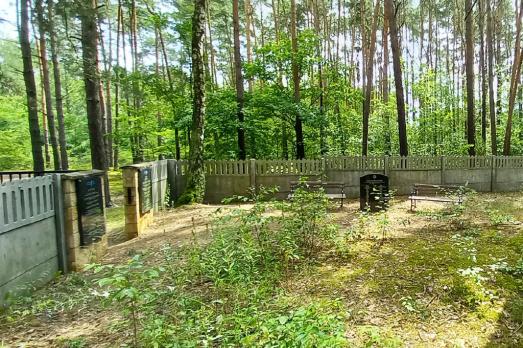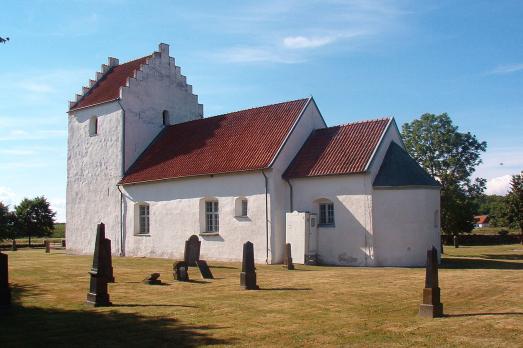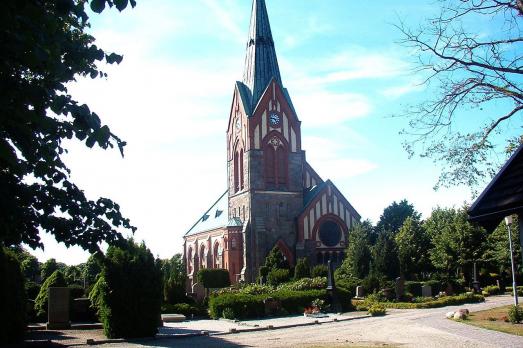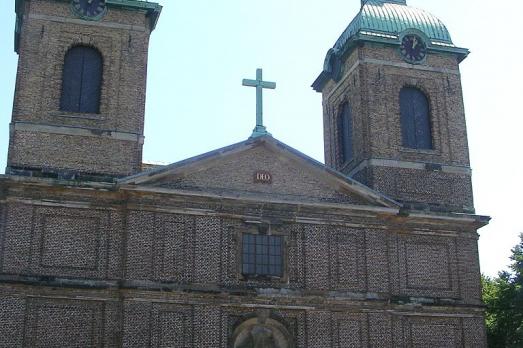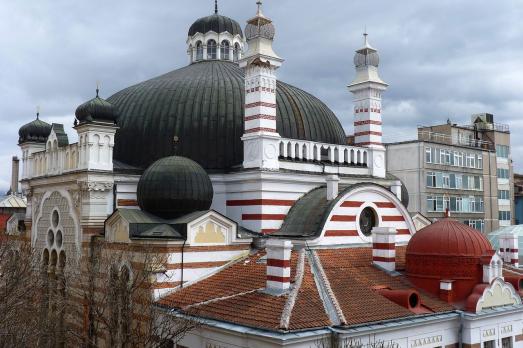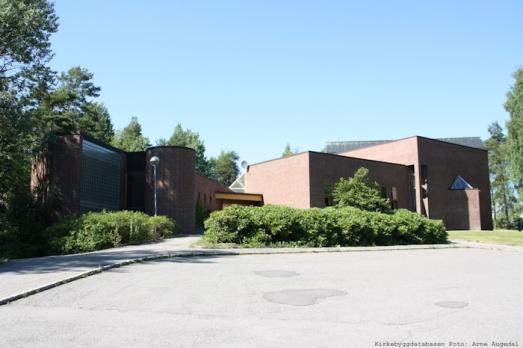Snyatyn New Jewish Cemetery
Snyatyn, UA
The exact period of the cemetery’s establishment is unknown. The oldest gravestone relates to the mid-19th century, so it can be assumed that the cemetery emerged during that period. First, it appears on Austrian maps of the 1880s and later on Polish maps of 1939.

